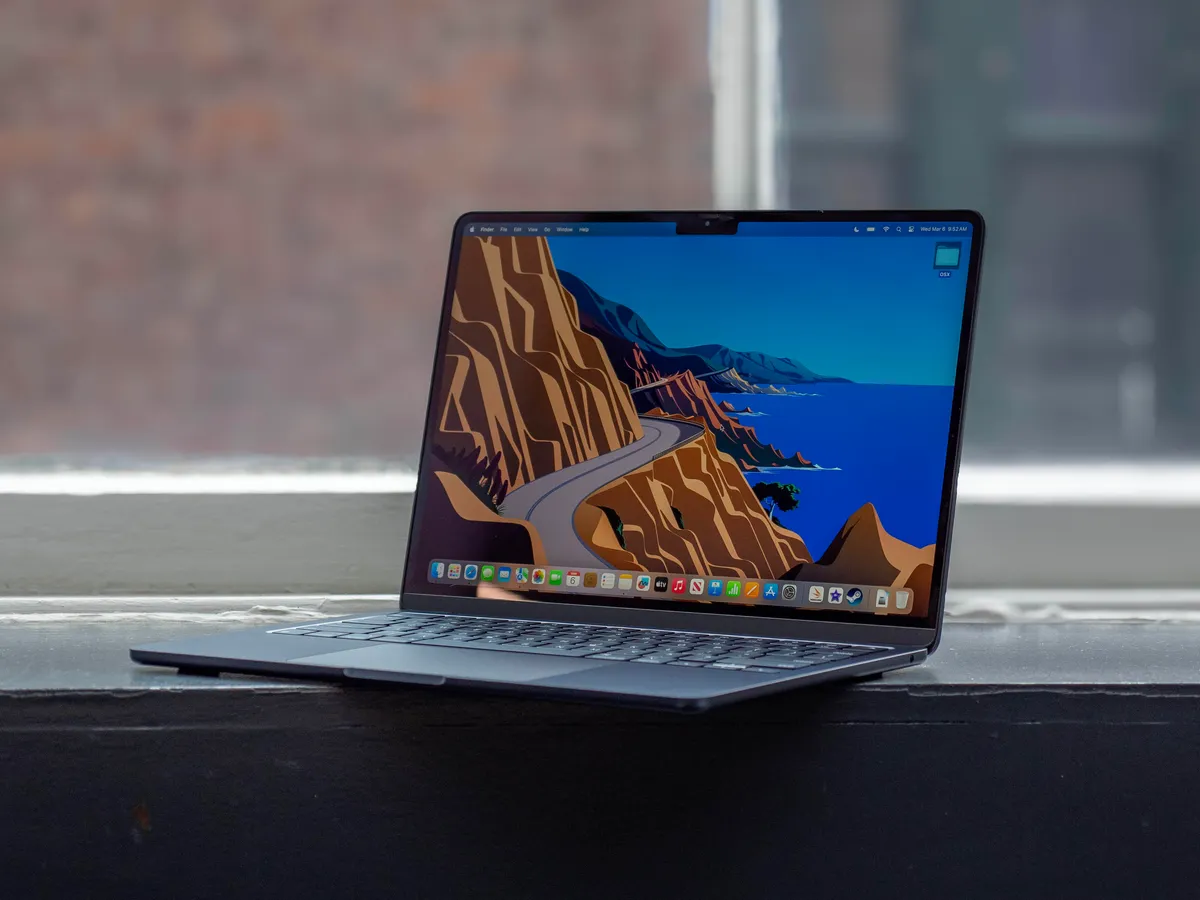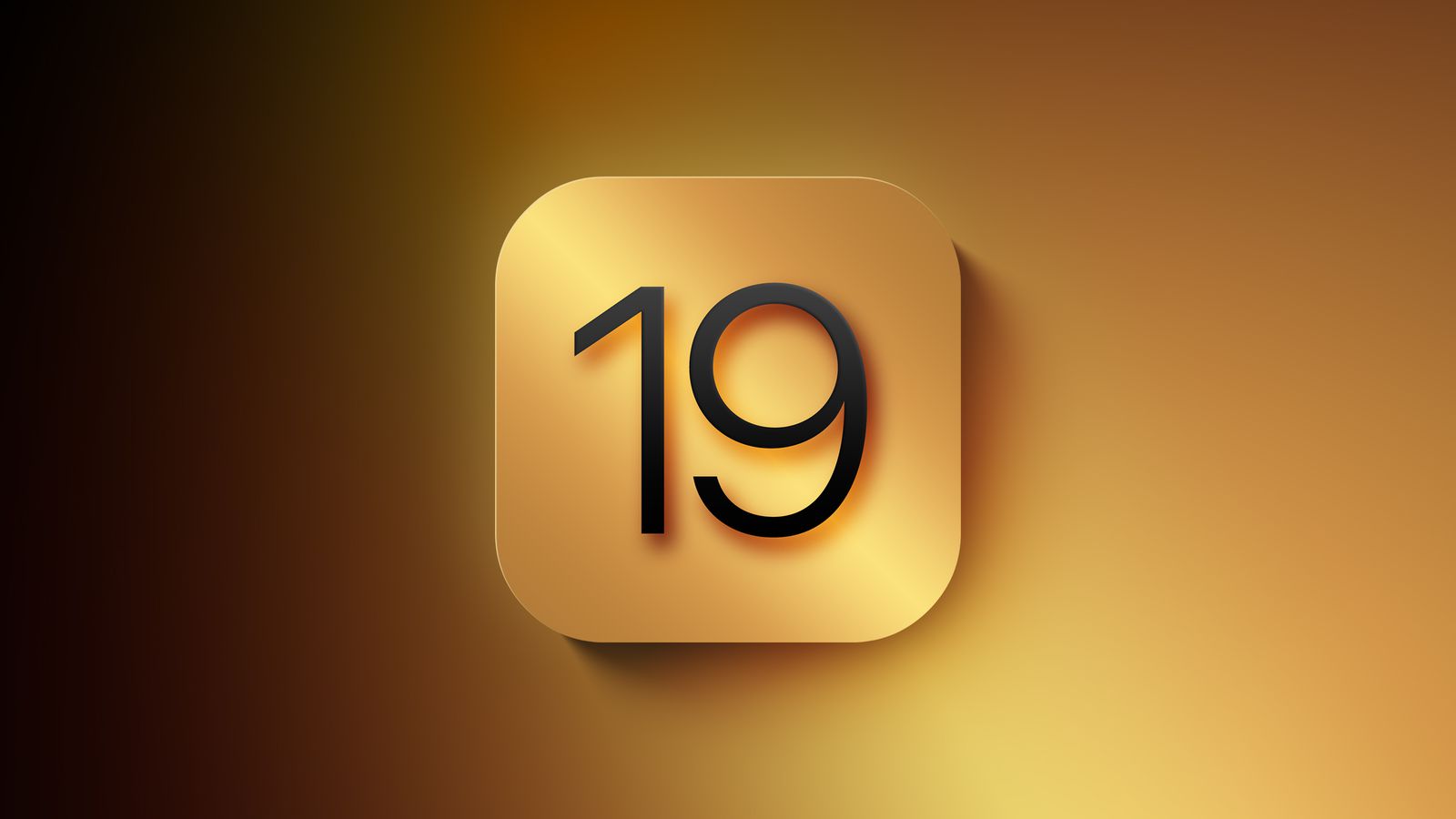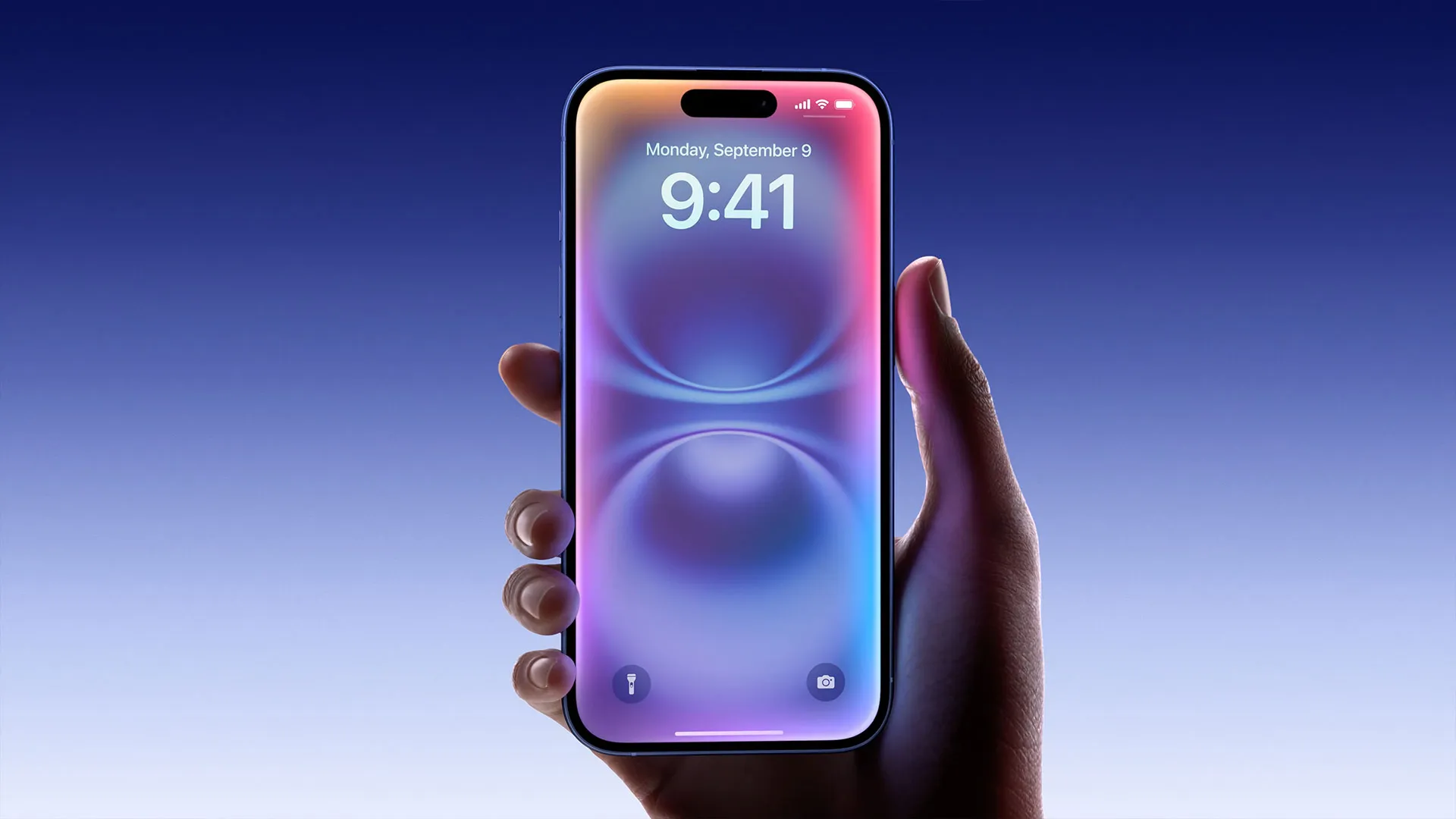Apple might be planning to add a handy fall alert feature to some of its coolest gadgets, like the Vision Pro headset, Apple Glasses, and even smart contact lenses. This idea comes from a new patent the company recently filed. The feature would spot when someone trips or falls and quickly send a warning to their other Apple devices, like an iPhone or Apple Watch. It could be a big help for older folks or anyone who might need extra care, making sure they get support fast if something goes wrong.
Right now, fall detection is already on the Apple Watch and iPhone, quietly keeping an eye on users. Adding it to the Vision Pro or future glasses could make these devices even more useful, especially for staying safe. Imagine wearing smart lenses that not only help you see but also watch out for you—pretty neat, right? While it’s just a patent for now, it shows Apple’s thinking about mixing safety with its high-tech gear.
Is Steve Jobs’ Third Big Idea Running Out of Time?
Steve Jobs once hinted at a mysterious “third device” that some think might be the Apple Watch. But with time ticking, this famous gadget could be nearing the end of its spotlight. Launched years ago, it’s been a hit for fitness and quick notifications. Yet, as newer devices like the Vision Pro grab attention, the Apple Watch might not stay the star it once was. Even so, its legacy as a game-changer in wearable tech is hard to beat.




